‘Second Century Modernism’ is a new book by American architect, John Jennifer Marx, and calls for a newly rebalanced modern movement with more paradox and community.

June 26th, 2025
Can we update this ideological framework, establishing a new outlook that is both open-ended and operational?
That’s the question with which John Jennifer Marx begins the book, ‘Second Century Modernism’. This framing immediately sets the scene for an historical, yet critical engagement with architectural modernism, as Marx surveys the landscape following the first century of the movement.
John Jennifer Marx, AIA, is a co-founding principal and chief artistic officer of Form4 Architecture in San Francisco, California. In this book, he advocates for a fundamental change in the way architects design, with the intention of rebalancing modernism toward an architecture of emotional abundance, rather than its current singular focus on an architecture of ideas and abstraction. The aim is to set out a vision for “an architecture of richness and community… that balances the rational with the intuitive.”

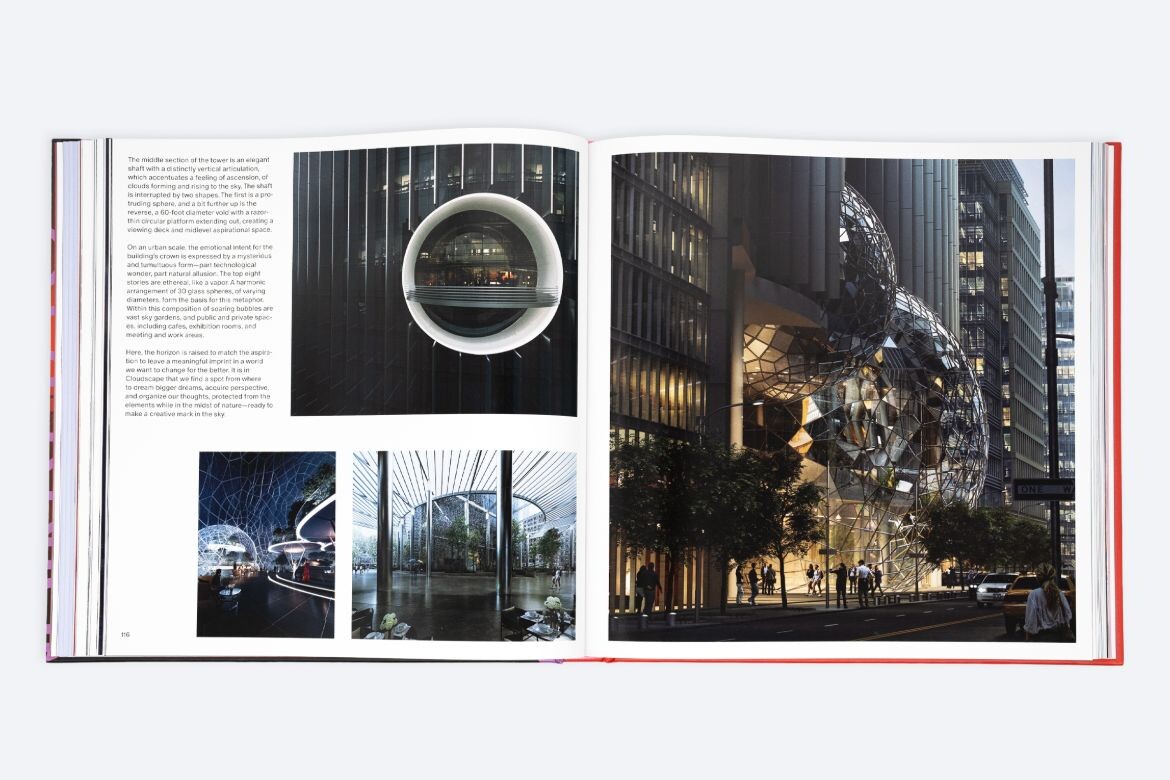
Of course, it’s not hard to find critiques of the last century of modernism in terms of an over-reliance on the rational part of the equation. Importantly, Marx makes a point of recognising the good parts of what has so far been called modernism. Its promises, he writes, are still worthy of being fulfilled – only they require something of a recalibration, or rebalancing.
“Second Century Modernism,” he writes, “is an alternative to both First Century Modernism and post-modernism. It emanates from those original promises, but does so with a particular strategy: it creates an architecture of abundance and embraces paradox.”
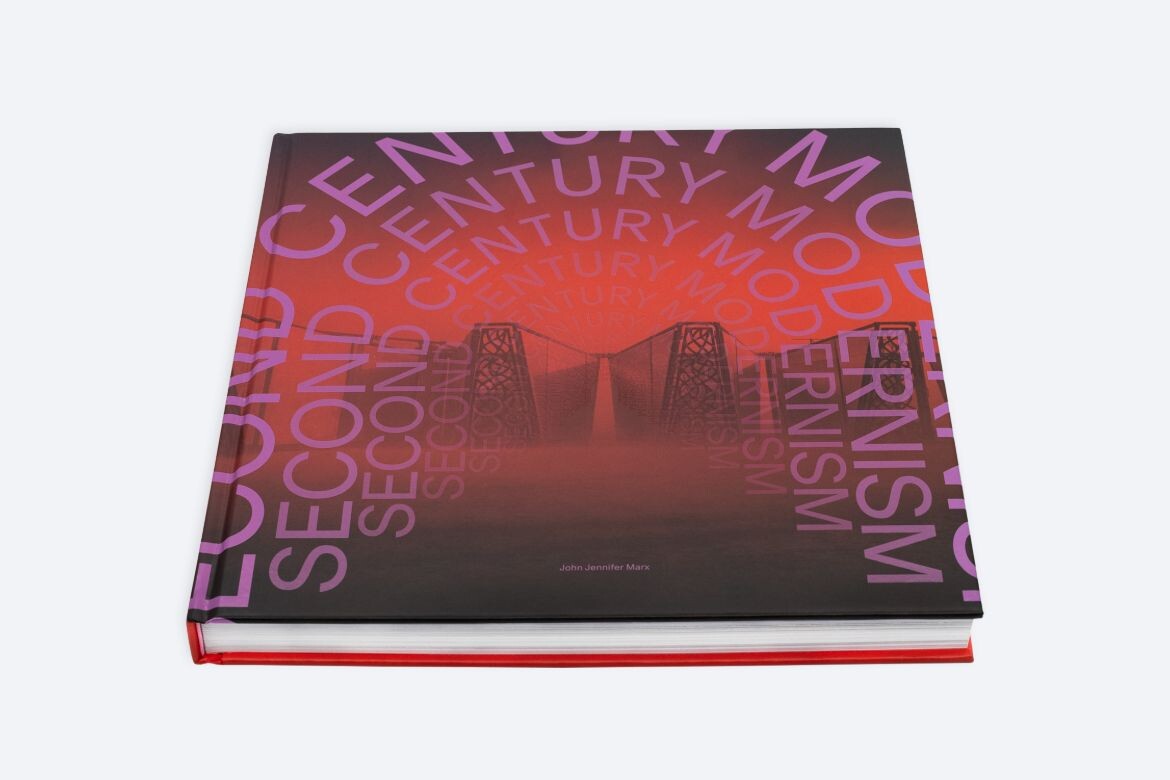
The book, then, is not anti-modernist; nor is it postmodern. It’s perhaps best described as making the case for an evolved, improved modernism. Marx outlines three dramatic shifts required for this new dawn to take real shape. First, an architecture of abundance that acknowledges emotional meaning, cultural vibrancy, wider cultural values and a more intuitive design process. The claim here that modernism’s priorities have been verbal over visual seems questionable – if anything, the reduction of architecture to the seductive image is stronger than ever – but the broad point is a call for wider horizons and more intuitiveness.
The second and third calls are ‘Less + More’ and ‘The Balancing Act’, but you’ll just have to read the book to find out what they’re all about. Marx ends the introduction with the tantalising assertion that “Modernism is getting a new 100-year lease.”
Related: AI, Tokyo and Metabolism

In keeping with the paradoxical approach, the book – part history, part manifesto – also becomes part poetry volume. Intriguing questions are posed throughout (Have we exhausted the conceit yet “that the public just needs to catch up”?), while balance, banality and care are keystones to which the author frequently returns.
“I’m advocating for a fundamental change in the way architects design, with the intention of rebalancing modernism toward an architecture of emotional abundance, rather than its current singular focus on an architecture of ideas and abstraction,” Marx writes. “A rebalancing should be seen as an additive approach, welcoming emotional meaning back into our design intent.”
Second Century Modernism by John Jennifer Marx is available now through ORO Editions
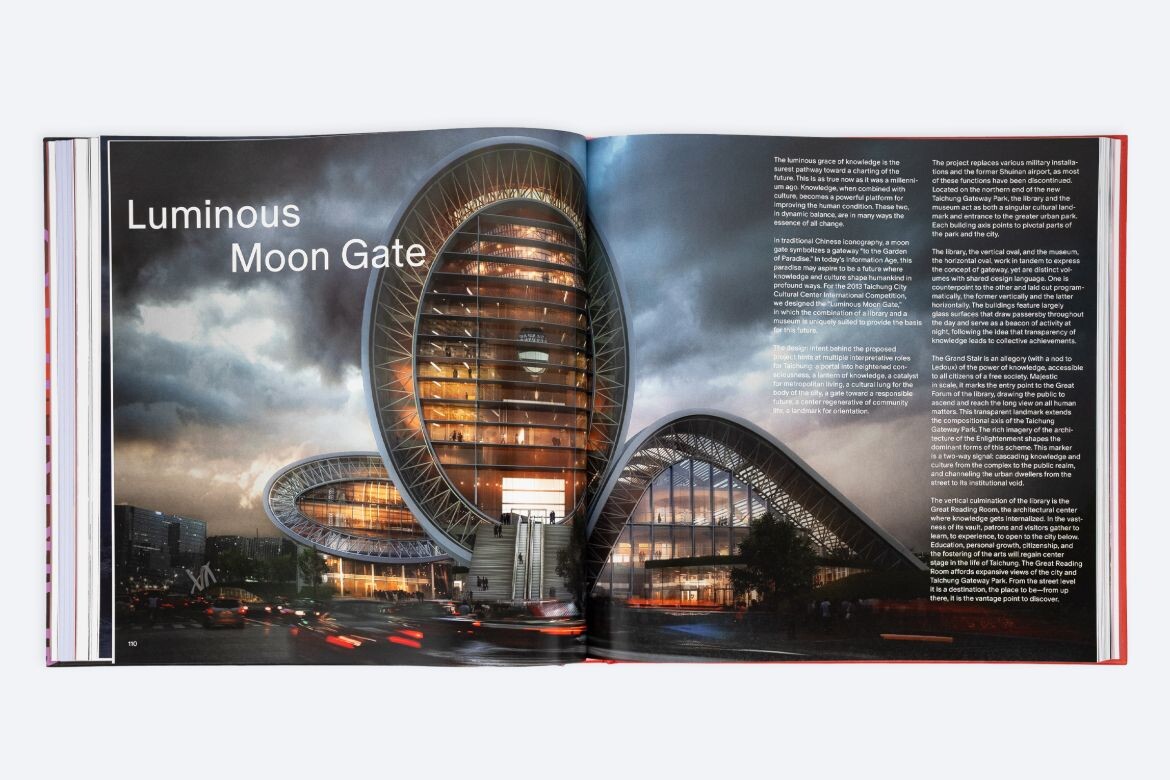
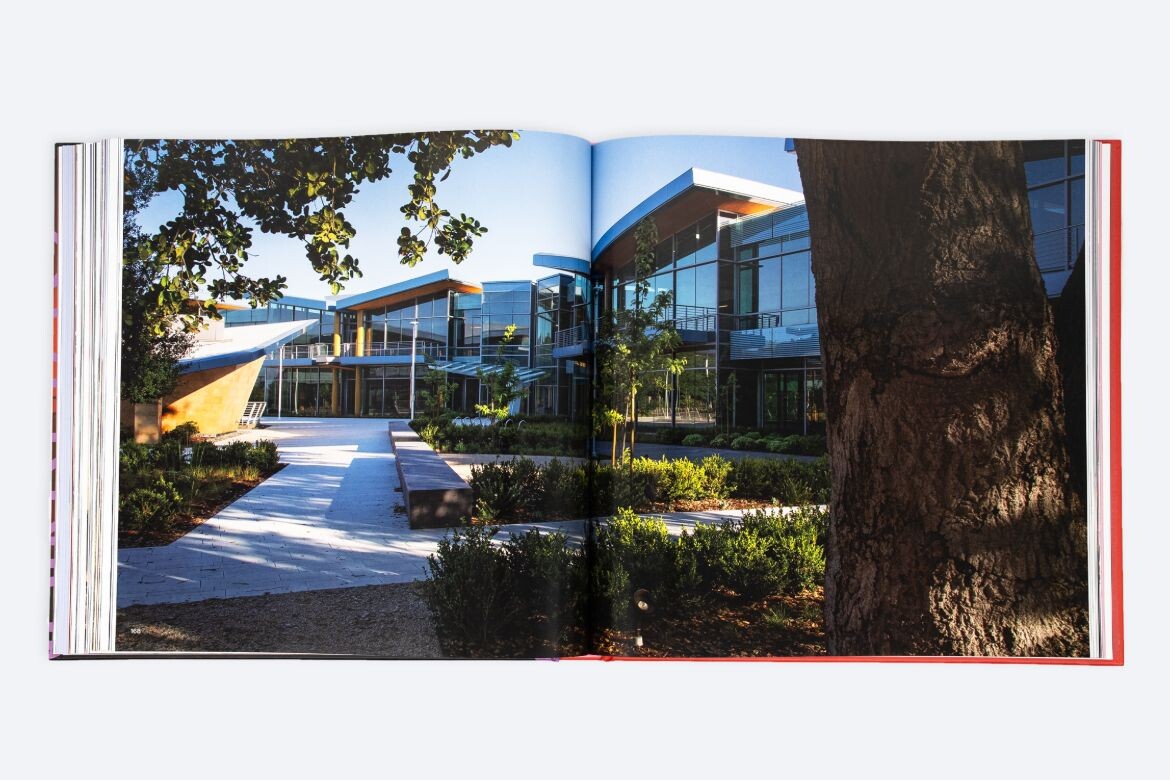
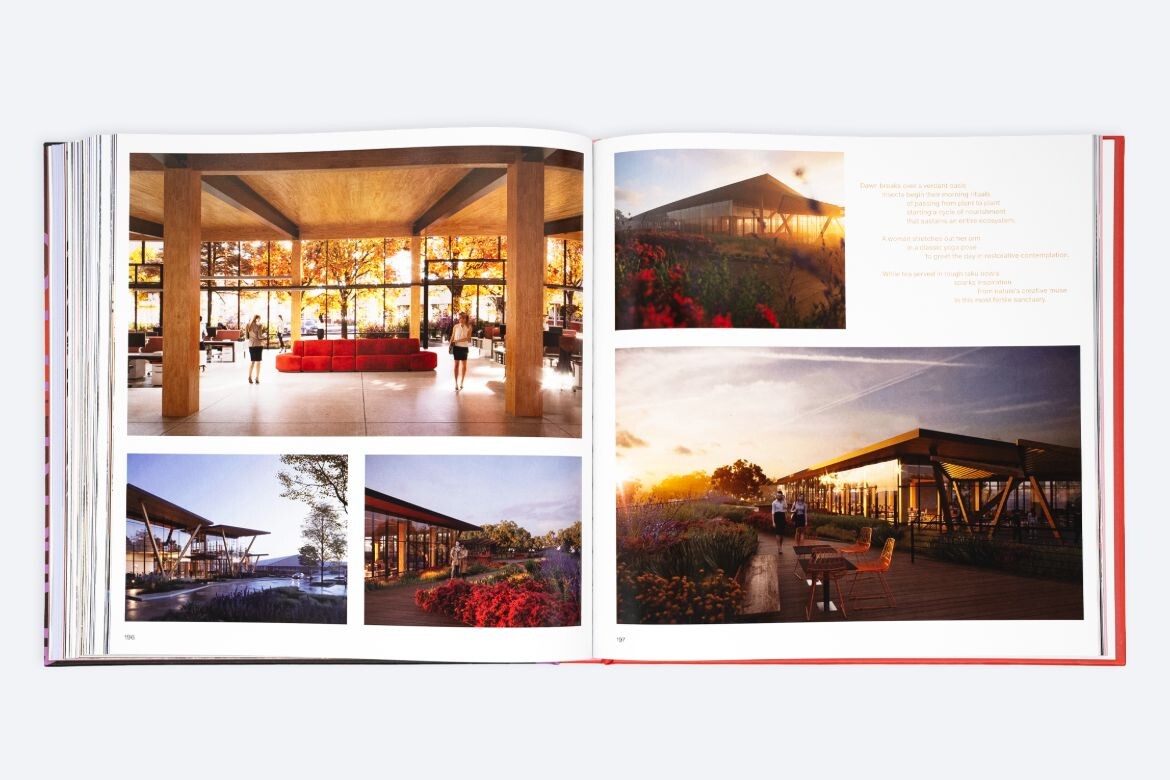
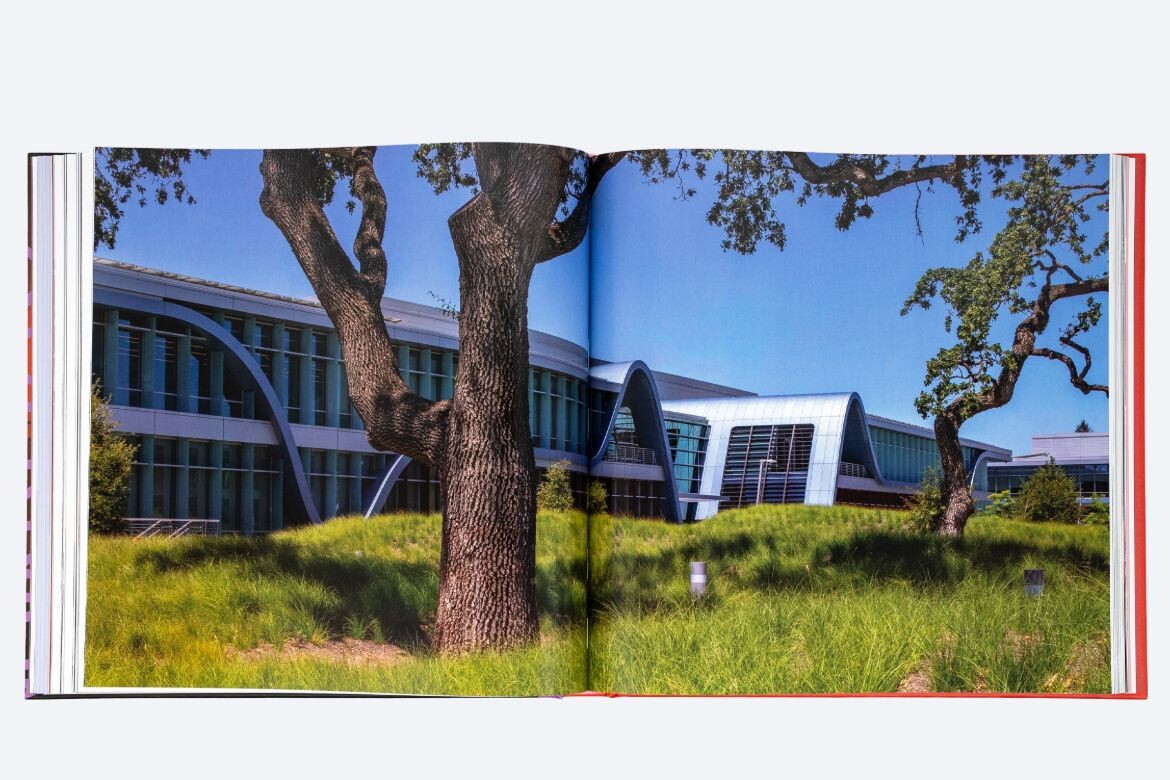

Next up: Richard Francis-Jones asks, whose city is it anyway?
INDESIGN is on instagram
Follow @indesignlive
A searchable and comprehensive guide for specifying leading products and their suppliers
Keep up to date with the latest and greatest from our industry BFF's!
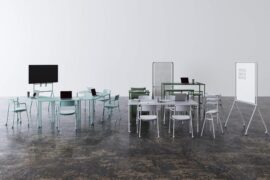
Welcomed to the Australian design scene in 2024, Kokuyo is set to redefine collaboration, bringing its unique blend of colour and function to individuals and corporations, designed to be used Any Way!
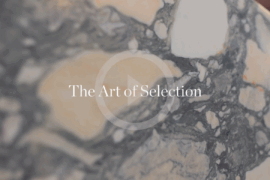
CDK Stone’s Natasha Stengos takes us through its Alexandria Selection Centre, where stone choice becomes a sensory experience – from curated spaces, crafted details and a colour-organised selection floor.
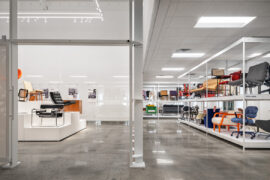
The undeniable thread connecting Herman Miller and Knoll’s design legacies across the decades now finds its profound physical embodiment at MillerKnoll’s new Design Yard Archives.

For Aidan Mawhinney, the secret ingredient to Living Edge’s success “comes down to people, product and place.” As the brand celebrates a significant 25-year milestone, it’s that commitment to authentic, sustainable design – and the people behind it all – that continues to anchor its legacy.

Brett Ward, General Manager of Marketing at Brickworks, tells us how modern approaches to sustainability are intersecting with the long history of the brick.

Seven years in the making, the new Surry Hills Village is here with doors open and crowds gathering.
The internet never sleeps! Here's the stuff you might have missed

David Gole, principal at leading climate-resilient design practice JDA Co., comments on the intersection between heritage and climate in architecture.

A new book documents the city’s historic building interiors, from 1800s coffee palaces to post-war modernist spaces.